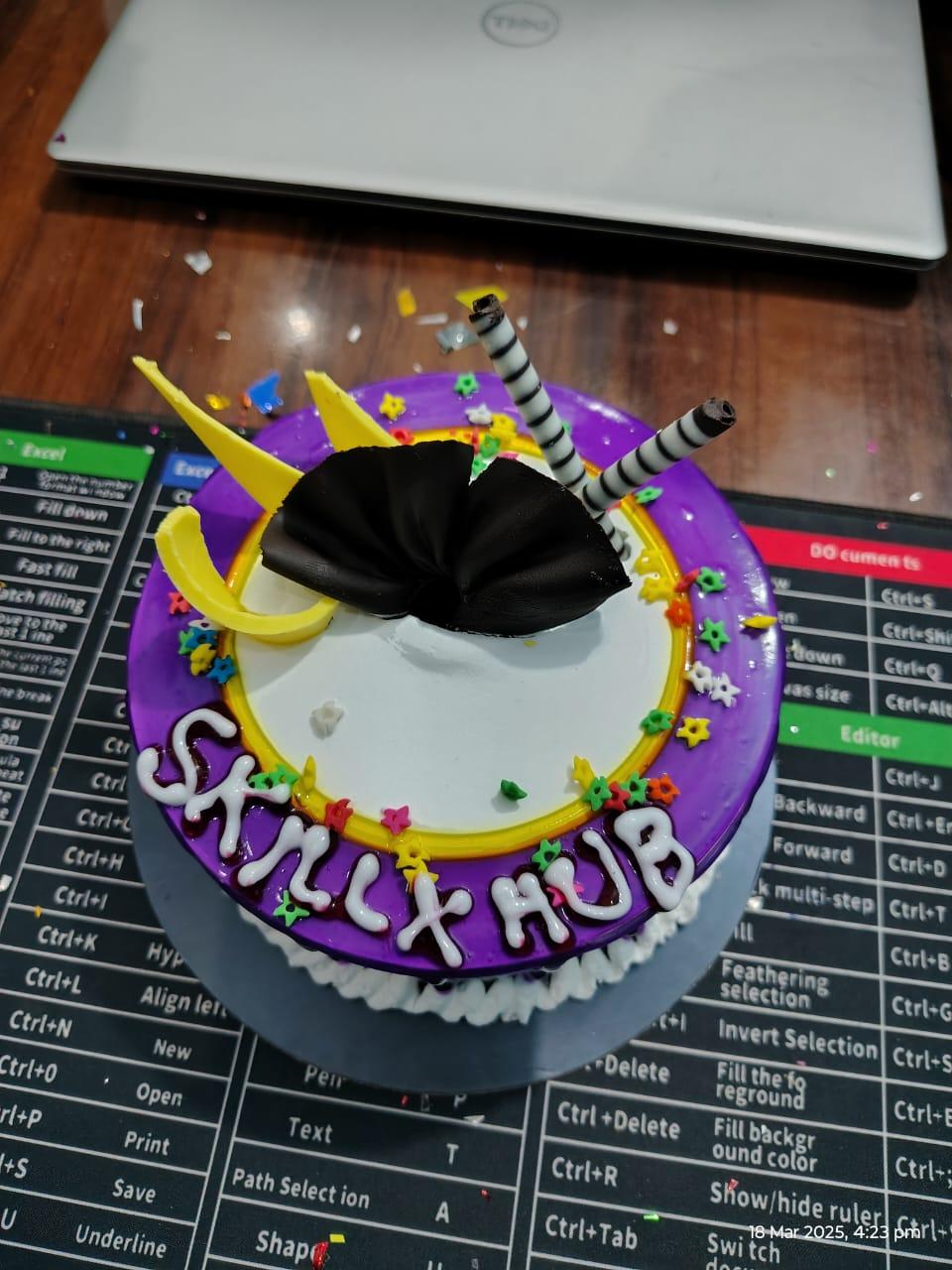by Admin 28 Mar
Self-Healing Software – The Future of Automation
Technology is improving at a rapid Speed, and one of the most exciting innovations is self-healing software. Imagine a software program that can fix itself when something goes wrong — without human help. Sounds like science fiction, right? But it’s real and becoming more common every day.
Self-healing software is designed to detect problems, fix bugs, and even prevent future issues — all on its own. This means fewer crashes, less downtime, and smoother performance for users. Let’s explore how it works and why it’s changing the future of technology.
What is Self-Healing Software?
Self-healing software is a type of smart program that can:
✅ Detect when something is wrong.
✅ Find out why the problem happened.
✅ Fix the issue automatically without needing human help.
It works similarly to how our body heals itself. When you get a small cut, your body naturally starts to repair it. Self-healing software does the same for computer programs — it "heals" itself when it detects an issue.
How Does Self-Healing Software Work?
Self-healing software relies on Artificial Intelligence (AI) and Machine Learning (ML) to function. Here’s how it works step-by-step:
🔍 1. Monitoring
The software constantly watches its own performance.
It checks for slow speeds, bugs, or security issues.
🛠️ 2. Detection
When the software notices a problem (like a sudden crash or error), it immediately identifies the cause.
🔄 3. Fixing
It applies a solution — like restarting a process, fixing broken code, or rerouting data — without needing human input.
📈 4. Learning and Improving
The software remembers the problem and how it was fixed.
Over time, it becomes better at handling similar issues automatically.
Examples of Self-Healing Software
Self-healing software is already being used in many industries:
🔸 1. Cloud Computing
Platforms like AWS (Amazon Web Services) and Microsoft Azure use self-healing to fix server issues automatically.
If a server goes down, the software redirects traffic to another server — keeping services running smoothly.
🔸 2. Cybersecurity
Self-healing software can detect hacking attempts and shut down vulnerabilities before data is stolen.
If malware is detected, it removes the threat and strengthens security to prevent future attacks.
🔸 3. Mobile Apps
If an app crashes or shows an error, self-healing code can restart the app or update it to fix the issue.
Apps like Spotify and Netflix use self-healing to improve user experience and avoid disruptions.
🔸 4. Business Systems
Large companies use self-healing software to manage business operations like data processing and customer service.
If an error occurs, the software automatically fixes it, reducing downtime and improving productivity.
Why Self-Healing Software is Important
✅ Reduces Downtime – Fixes issues quickly without human involvement.
✅ Saves Time and Money – Less need for human monitoring and fixing reduces costs.
✅ Improves Security – Can prevent hacking attempts by closing security gaps automatically.
✅ Enhances User Experience – Fewer crashes and better performance mean happier users.
The Future of Self-Healing Software
Self-healing software is still growing, but its potential is huge:
👉 In the future, websites, apps, and business systems could all be fully self-healing.
👉 AI-powered self-healing systems could make software failures almost non-existent.
👉 Complex systems like autonomous cars and smart cities could run smoothly with self-healing technology.
Challenges and Risks
🔸 Complexity – Designing self-healing software is difficult because it requires deep AI learning.
🔸 Security Risks – If hackers manipulate self-healing code, it could create security vulnerabilities.
🔸 Dependence on AI – Over-reliance on AI could reduce human oversight and control.
Self-healing software is like giving technology a "brain" and a "body" that can sense and fix problems on its own. It’s already making apps, websites, and business systems more reliable and efficient. As AI and machine learning improve, self-healing software will become more advanced — creating a future where technology not only works better but also takes care of itself.
The idea of software fixing itself might have seemed impossible a few years ago — but today, it’s becoming a reality. The future is self-healing, and it’s just getting started!








